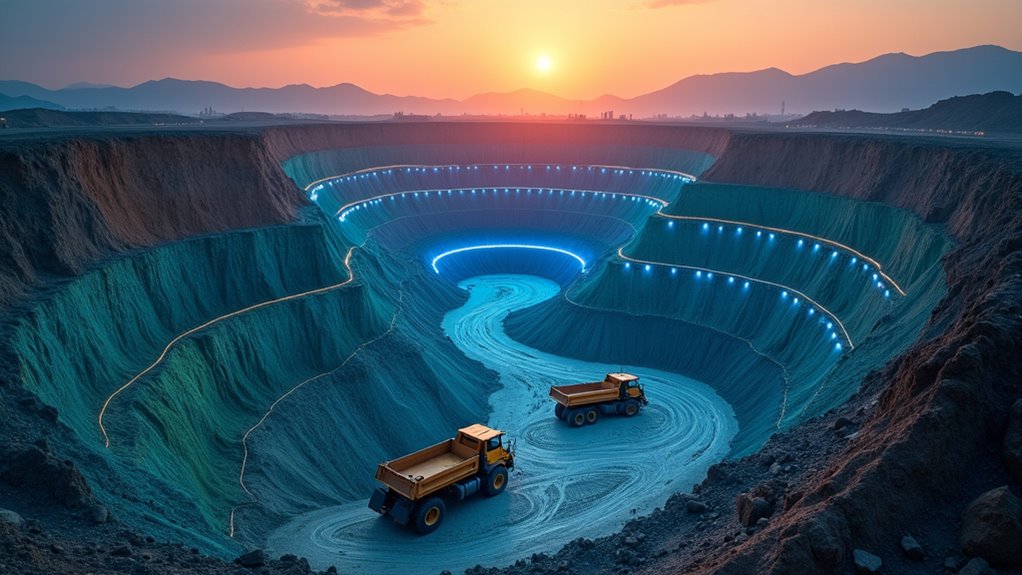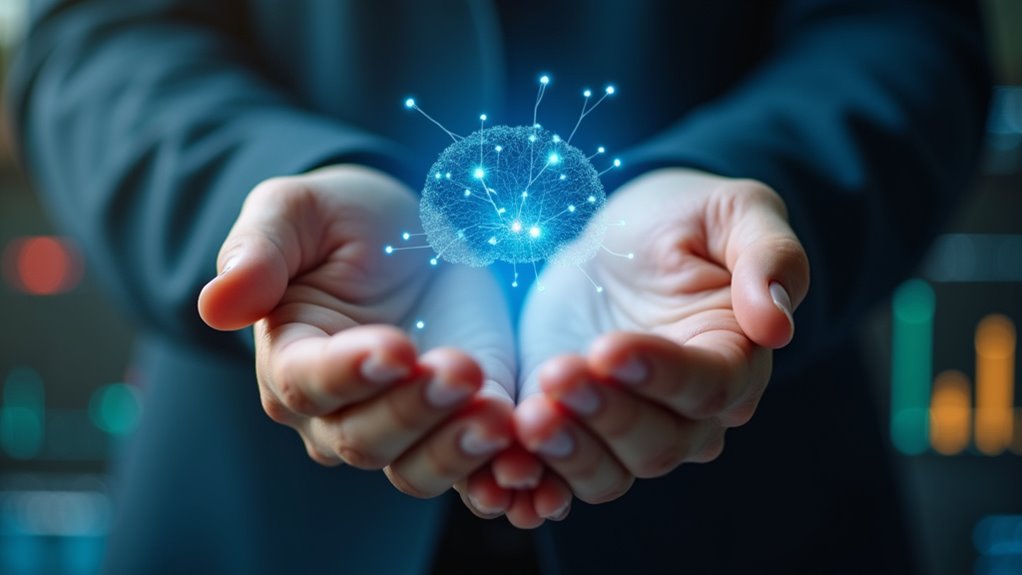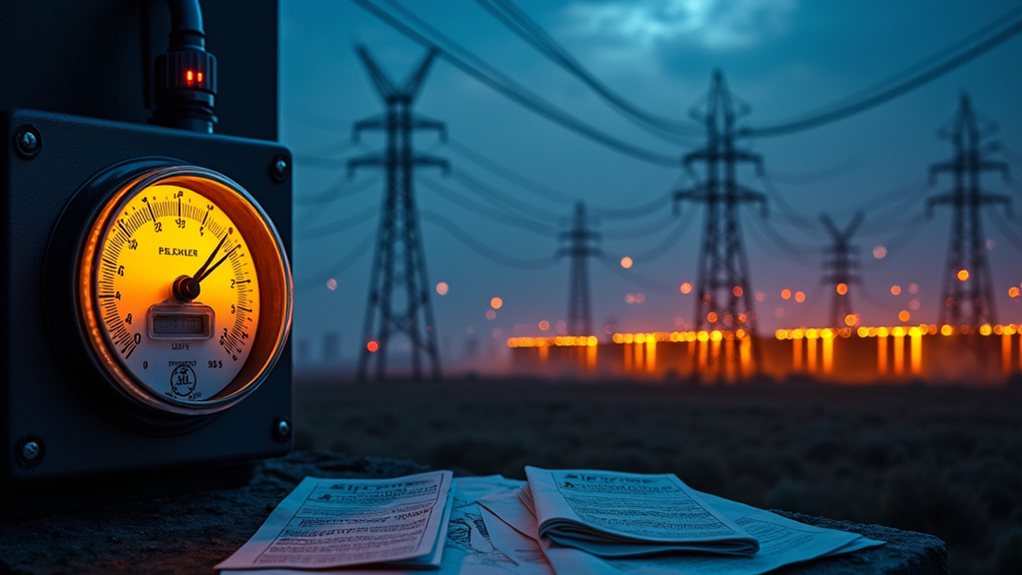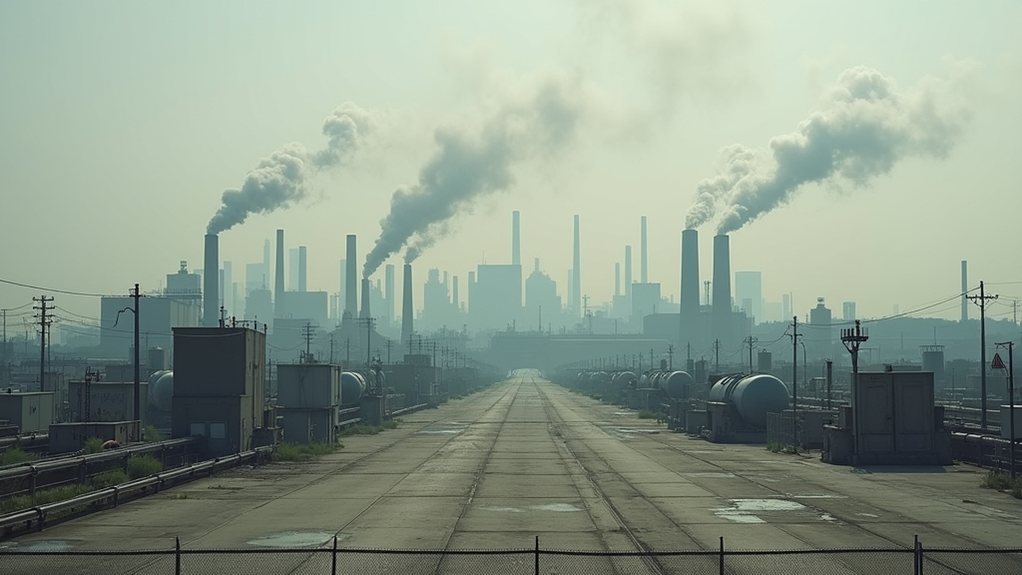AI’s not just about smart code; it’s powered by a feverish global quest for minerals—think neodymium, copper, and gallium—that tech giants and green energy firms treat like gold in a digital gold rush. Mining operations, buffed up with their own AI, scrape the earth to feed our algorithmic obsessions, but all this digging comes with risks. Concentrated supply, geopolitical elbow-throwing, and a not-so-subtle environmental hangover—yeah, that’s part of the upgrade. Curious what’s under the surface?
Even as AI systems dazzle the world with their uncanny ability to write poetry, predict weather, or recommend that one song you’ll probably skip anyway, there’s a gritty backstage drama that most people never see—the global race for minerals powering all this technological wizardry.
Behind every clever chatbot or eerily prescient algorithm sits a world of mining operations, supply chains, and rare metals with names that sound like rejected Marvel villains: neodymium, dysprosium, terbium. These elements, along with copper, silicon, and gallium, are the unsung heroes (or maybe hostages?) of our digital age. AI hardware requires physical resources, and copper, in particular, is in especially high demand to keep these systems running.
AI’s magic runs on a backstage cast of rare metals—neodymium, dysprosium, terbium—fueling our digital dreams and supply chain dramas.
By 2030, AI is set to devour about 2% of global copper and silicon demand, with gallium’s share rocketing up to 11%. Not exactly the numbers you see trending on social media, but crucial nonetheless.
And here’s the kicker—AI isn’t the only tech sector elbowing for these minerals. Clean energy needs them too, making for a corporate cage match that would make even the most seasoned WWE wrestler sweat. This competition comes at a time when AI is projected to generate economic growth of $15.7 trillion by 2030. When everyone wants a piece of the mineral pie, delays and supply chain hiccups can trip up innovation faster than a slow Wi-Fi connection. The concentration of mineral supply in just a handful of countries—like China, Chile, and the DRC—means that any disruption could send shockwaves through both the AI and clean energy industries.
But wait, there’s a plot twist. AI is also making mining smarter. Picture robots and data-crunching algorithms mapping mineral deposits, optimizing extraction, and streamlining supply chains. It’s like Minecraft, but with higher stakes—and fewer creepers.
Yet, all this progress comes with baggage. Mining isn’t exactly winning environmental beauty contests, and the rush for minerals brings its own flavor of financial risk. Investors face everything from technical hurdles to geopolitical plot twists that would make James Bond jealous.
- AI boosts mining productivity (cheaper, faster, less waste)
- Investment is risky (think “Shark Tank,” but with more dirt)
- Environmental impact is real (Mother Nature has notes)
In the end, the AI revolution depends on minerals as much as on code. If the world wants smarter machines, it needs a smarter approach to digging up the stuff that makes them possible—without turning the planet into a strip-mined dystopia straight out of a sci-fi reboot.









